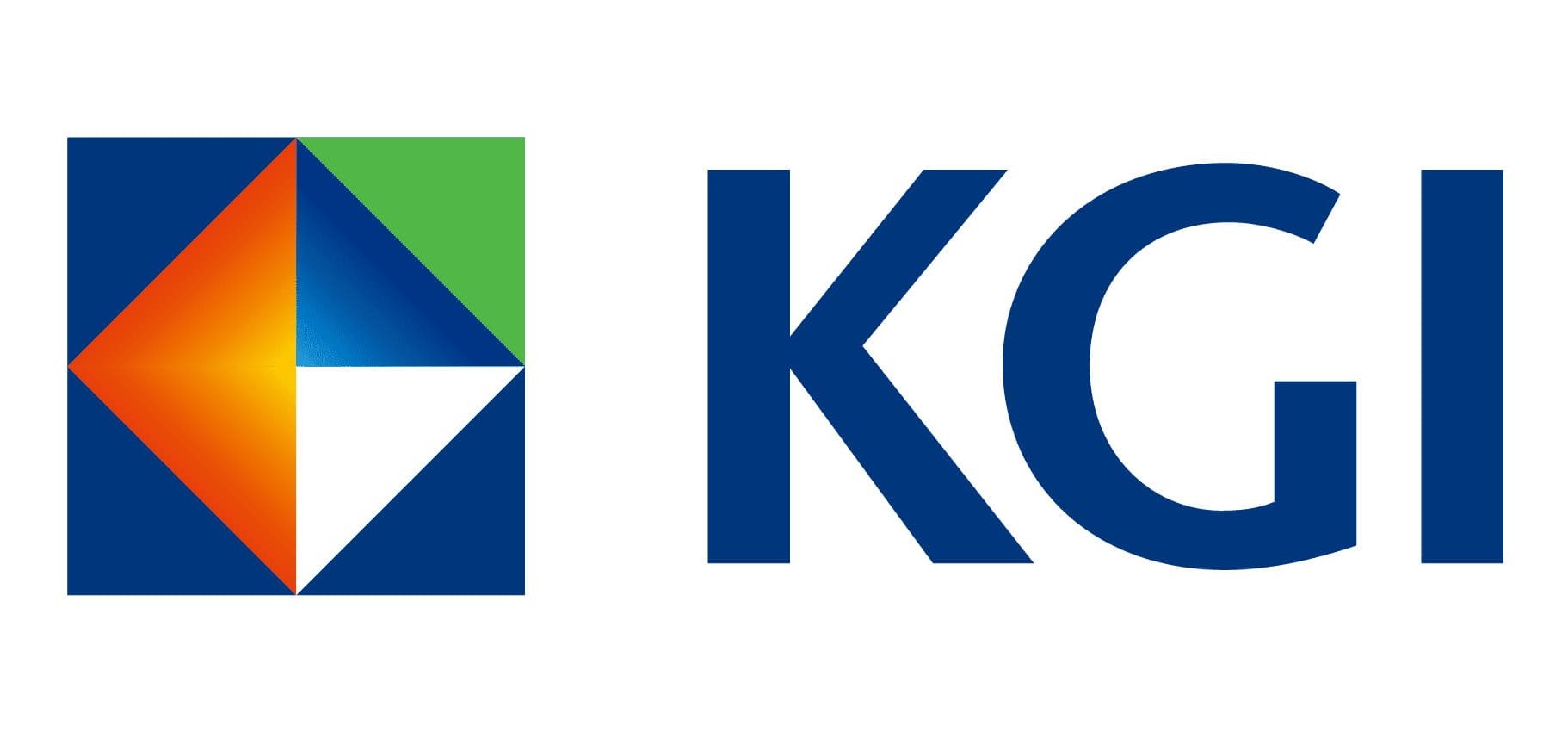18 January 2024: Wealth Product Ideas

ETF Ideas – Positioning for Correction
- US stocks and bonds have rallied strongly in Nov-Dec as markets priced in a more dovish Fed policy outlook and interest rate cuts in 2023.
- However, the sharp rally has left stocks/bonds in overbought territory and vulnerable to a correction or consolidation in the near term.
- Investors may consider buffered ETFs like iShares Large Cap Moderate Buffer ETF (IVVM) and iShares Large Cap Deep Buffer ETF (IVVB) to help cushion against the downside.
- These ETFs hold S&P 500 ETFs (IVV) but also incorporate built-in options strategies to provide an explicit downside buffer.
- This buffer can help offset some losses if the expected consolidation plays out. The buffer re-sets each quarter.
- The opportunity is buffer ETFs can defend in a correction while still participating somewhat in further upside. However, these ETFs limit maximum gains.
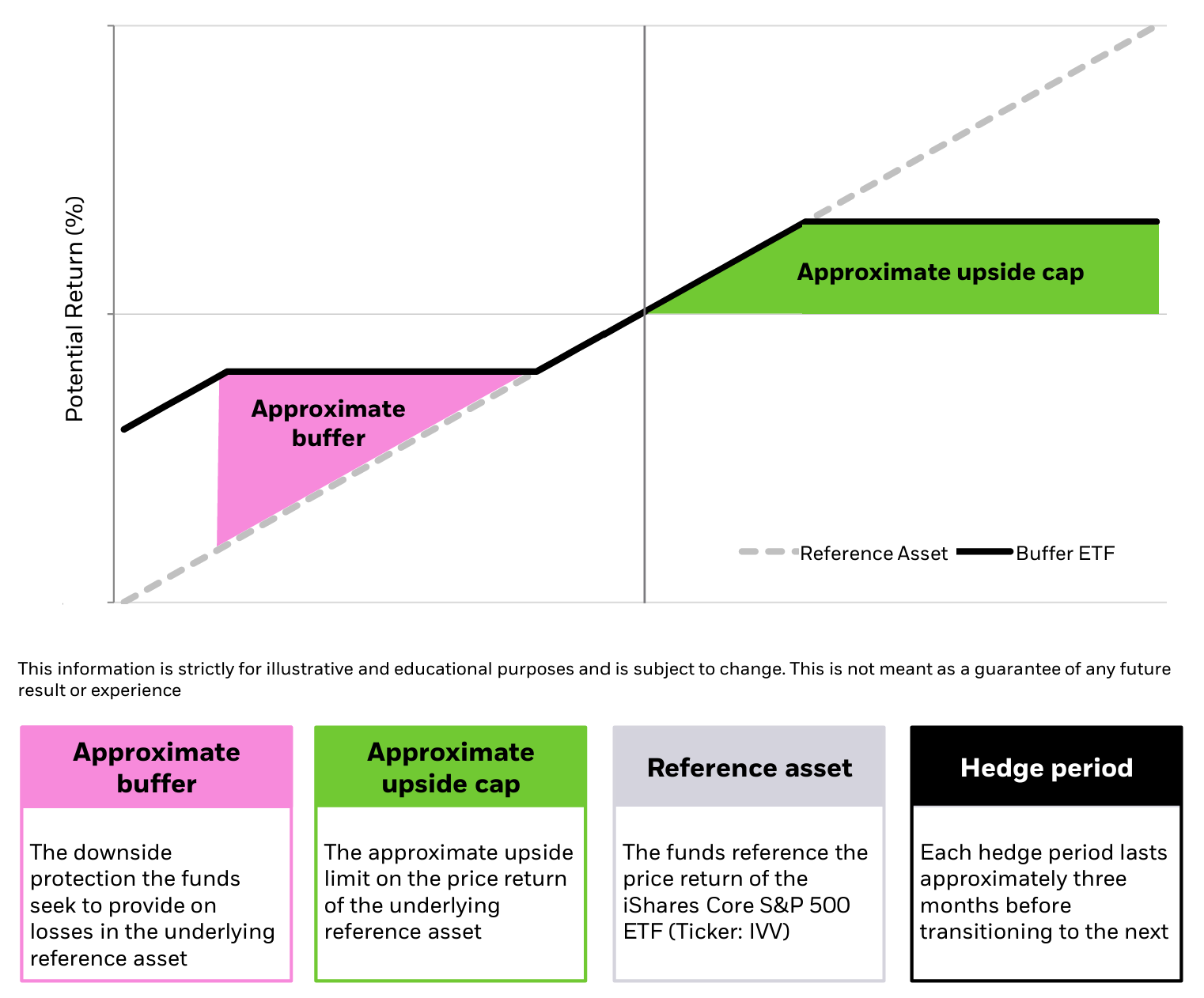
iShares Large Cap Buffer ETFs
1. Product Overview
- Seeks to track the iShares Core S&P 500 ETF (IVV) while providing downside buffer protection against the first 5-20% of losses each quarter.
- Uses FLEX options to establish the downside buffer and upside cap each quarter. The buffer range is reset every 3 months.
- Offers convenient, liquid access to a defensive equity strategy that aims to participate in upside while limiting drawdowns.
- Expense ratio of 0.50%. Holdings are dominated by FLEX call and put options on IVV.
2. Key Benefits
- Outcome-oriented approach targets downside protection while allowing some equity upside participation.
- Can help mitigate volatility and smooth out returns compared to straight equity exposure.
- Downside buffer may help investors remain invested during volatile markets and avoid realizing losses.
- Can be used as part of an alternatives allocation to diversify traditional stock/bond exposure.
- Offers transparency and intraday liquidity compared to more complex buffered fund structures.
3. Ideal Investors
- Investors seeking equity exposure with defined downside risk management.
- Investors constructing alternatives portfolios or more defensive equity allocations.
- Long-term investors looking for enhanced risk-adjusted returns.
iShares Large Cap Buffer ETFs – Investment/ Portfolio Holdings
- FLEX Options – The fund invests in customized index call and put options contracts to generate the downside protection buffer and upside cap.
- IVV Holdings – The options derive their value from the iShares Core S&P 500 ETF (IVV), so the fund has a small allocation to IVV shares as its reference asset.
- Cash/Cash Equivalents – The remainder of the portfolio is invested in cash, cash collateral, and short-term fixed income like Treasury bills for liquidity and to support the options strategies.
Summary
- Majority is FLEX index options that create the buffer and cap.
- Small portion invested directly in IVV as the reference asset.
- Remaining amount in cash and short-term bonds for liquidity.
- This structure allows the fund to maintain S&P 500 exposure via IVV, while using the options to tactically add downside risk management. The cash supports the options implementation.
Fund Name (Ticker) | iShares Large Cap Moderate Buffer ETF (IVVM) |
Description | iShares Large Cap Moderate Buffer ETF seeks to track the share price return of the iShares Core S&P 500 ETF (the “Underlying ETF”) up to an approximate upside limit, while seeking to provide downside protection against approximately the first 5% of Underlying ETF losses over each calendar quarter. |
Asset Class | Large-cap Equity |
30-Day Average Volume (as of 17 Jan 2024) | 1,703.0 |
Net Assets of Fund (as of 16 Jan 2024) | US$31,894,510 |
12-Month Trailing Yield | N/A |
P/E Ratio (as of 17 Jan 2024) | 26.522 |
P/B Ratio (as of 17 Jan 2024) | 4.570 |
Management Fees (Annual) | 0.50% |
Top 10 Holdings
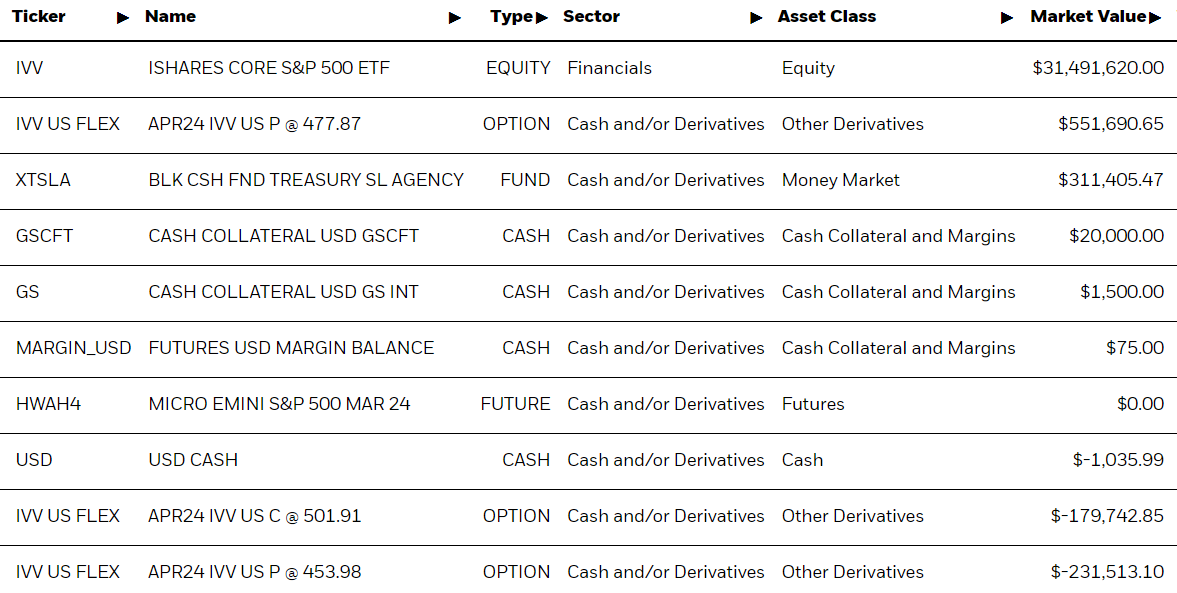
(as of 12 January 2024)

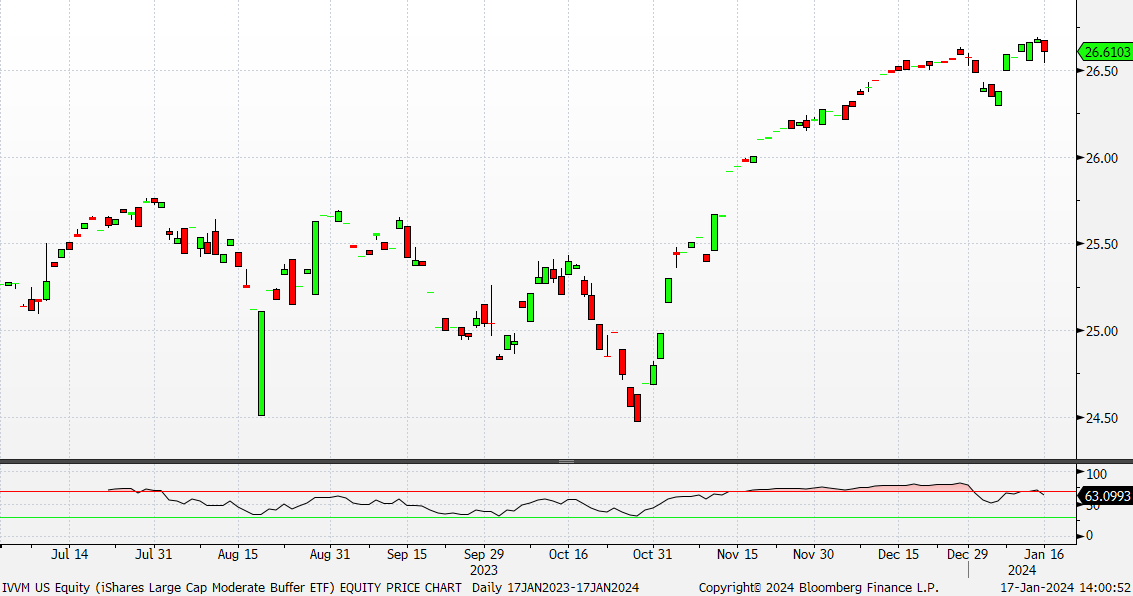
(Source: Bloomberg)
Fund Name (Ticker) | iShares Large Cap Deep Buffer ETF (IVVB) |
Description | iShares Large Cap Deep Buffer ETF seeks to track the share price return of the iShares Core S&P 500 ETF (the “Underlying ETF”) up to an approximate upside limit, while seeking to provide downside protection against approximately 5-20% of Underlying ETF losses over each calendar quarter. |
Asset Class | Large-cap Equity |
30-Day Average Volume (as of 17 Jan 2024) | 6990 |
Net Assets of Fund (as of 16 Jan) | US$35,329,678 |
12-Month Trailing Yield | N/A |
P/E Ratio (as of 17 Jan 2024) | 26.522 |
P/B Ratio (as of 17 Jan 2024) | 4.570 |
Management Fees (Annual) | 0.50% |
Top 10 Holdings
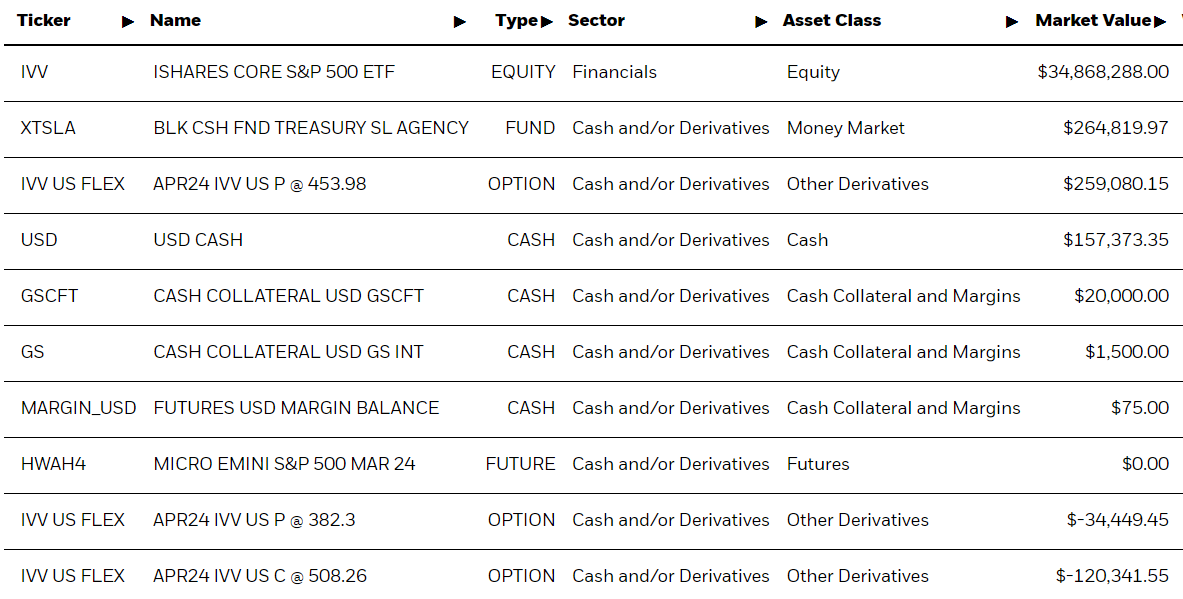
(as of 12 January 2024)

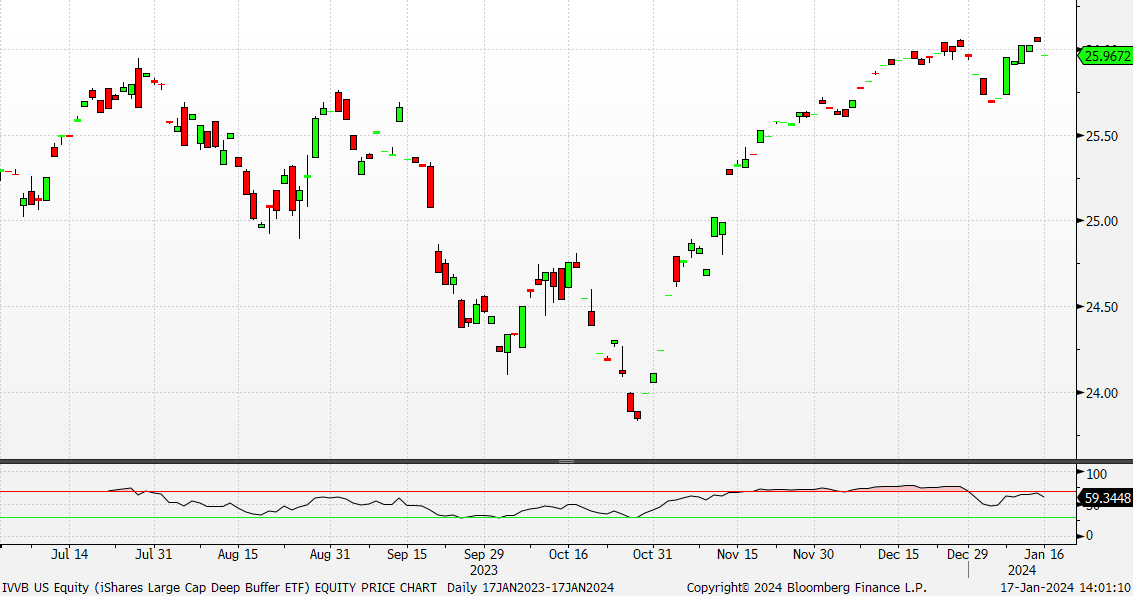
(Source: Bloomberg)

